Search results for 'wax and resin'
-
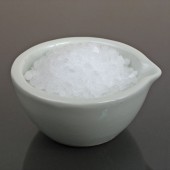
Paraffin Wax
Starting at: £6.60
-
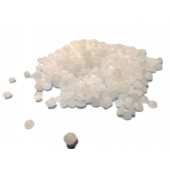
Microcrystalline Wax
Starting at: £8.50
-
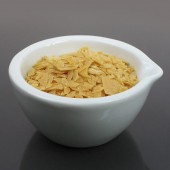
Carnauba Wax Yellow
Starting at: £6.50
-
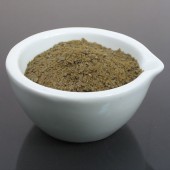
Carnauba Wax Grey
Starting at: £8.40
-
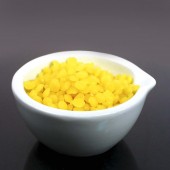
Natural Beeswax
Starting at: £11.20
-
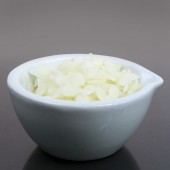
Bleached Beeswax
Starting at: £12.30
-
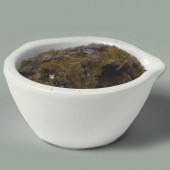
Clear Dewaxed Shellac
Starting at: £9.20
-
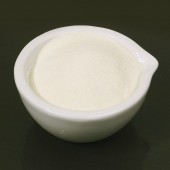
Casein Lactic
Starting at: £15.95
-
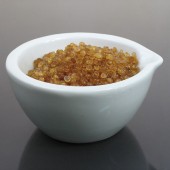
Pearl Glue
Starting at: £6.50
-
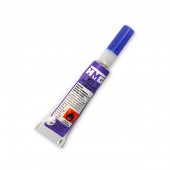
HMG B72 Restoration Adhesive
£7.70
-
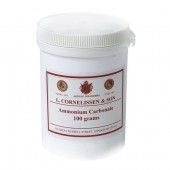
Ammonium Carbonate
Starting at: £9.70
-
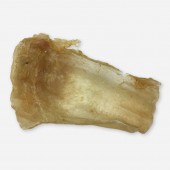
Isinglass
Starting at: £30.10
-
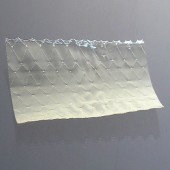
Gelatine Leaf
Starting at: £5.30
-
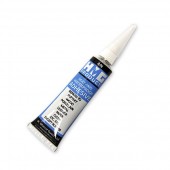
HMG Acrylic Restoration Adhesive
£6.00 -
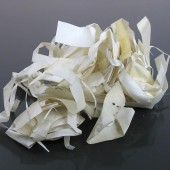
Parchment Clippings
Starting at: £9.90
-
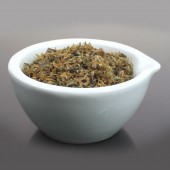
Carrageen Moss
Starting at: £51.00
-
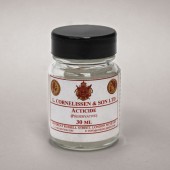
Acticide SPX
Starting at: £4.20
-
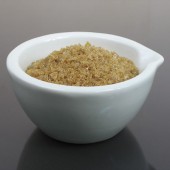
Rabbit Skin Glue
Starting at: £13.00
-
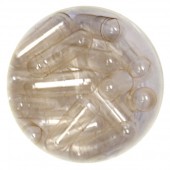
Gelatine Capsules
Starting at: £5.80
-
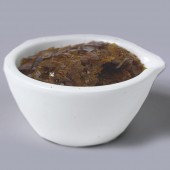
Lemon Shellac
Starting at: £8.20
-
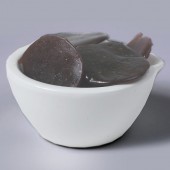
Button Shellac
Starting at: £8.40
-
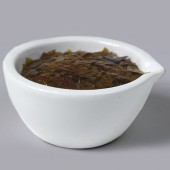
Orange Shellac
Starting at: £8.00
-
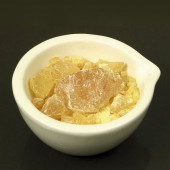
Colophony
Starting at: £7.30
-
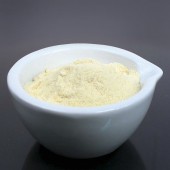
Powdered Rosin
Starting at: £13.90
-
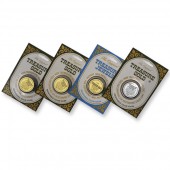
Treasure Gold
Starting at: £12.30
-
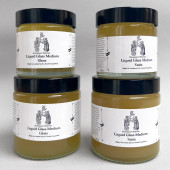
Liquid Glass Mediums
Starting at: £32.00
-
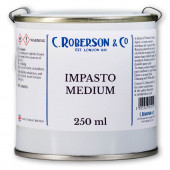
Roberson Impasto Medium
Starting at: £16.50
-
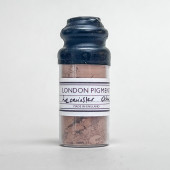
London Pigment, Leominster Ochre Pigment
£18.00 -
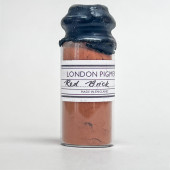
London Pigment, London Red Brick
£18.00 -
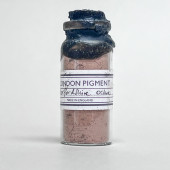
London Pigment, Herefordshire Ochre Pigment
£20.00




